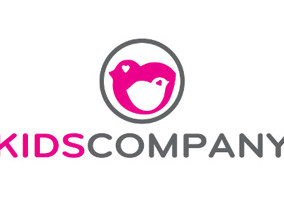Voluntary organisations in Scotland have reported facing rising costs and shortages of staff and volunteers.
According to a recent report by umbrella body SCVO, 65% of charities in Scotland reported a significant concern about staff and volunteer numbers in April last year, up from 35% in August 2021.
Financial challenges also rose sharply and were reported by 71% of organisations last year compared to 47% two years earlier.
In 2021, 56% of charities reported an increased demand for their services, but this rose to 63% in 2023.
A third of organisations reported having made use of their financial reserves in the three months leading into April 2023, an increase compared to the same period in 2022.
Some 44% of the organisations using their reserves last year said they thought that the situation was unsustainable.
SCVO chief executive Anna Fowlie said: “At a time where many organisations are facing recruitment challenges, the funding environment means that many voluntary organisations are struggling to keep pace with salary increases needed to attract and retain staff.
“Existing staff and volunteers have been working flat out since Covid, helping organisations and communities to weather the cost-of-living crisis.
“We can no longer afford to rely on their goodwill to go the extra mile. The invaluable services and supports provided by Scotland’s voluntary sector need sustainable investment to ensure their survival.”
Alan Stevenson, chief executive of Volunteer Scotland said: “The many impacts of the cost-of-living crisis on volunteering has meant that we can no longer take for granted the contribution of our volunteers.
“While recruitment and retention issues are being felt more acutely by some, the first step for all must be the focus on good volunteering practice, appropriately supported.”
The Scottish Third Sector Tracker is run by an independent research company called DJS Research on behalf of SCVO, the Scottish Government, the William Grant Foundation and the National Lottery Community Fund.
Some 715 charities were involved in the research overall with at least 377 in each of the six waves of data collection so far.











